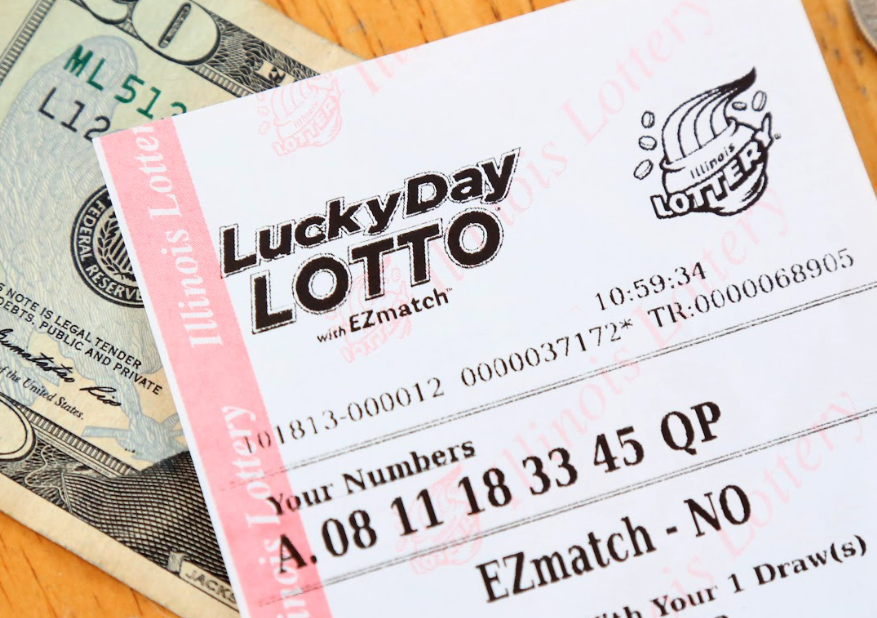Explore the Fun of Reno 911 Lottery Tickets in Jilibet
An Academic Analysis of Satire and Institutional Parody in the "Lottery Reno 911" Sketch


Abstract
This article examines the "Lottery Reno 911" sketch produced by Comedy Central, analyzing its use of satire and parody to critique institutional practices and societal perceptions of both law enforcement and lottery systems. The study explores how humor is employed to deconstruct bureaucratic inefficiencies and the allure of chance, underscoring the interplay between comedic performance and social commentary.
1. Introduction
The "Lottery Reno 911" sketch represents a distinctive form of institutional satire that characterizes the comedic oeuvre of the television series Reno 911! Airing on Comedy Central, this sketch juxtaposes the routines of law enforcement with the unpredictable nature of lottery systems. By merging elements of police procedural parody with the whimsical anticipation associated with lottery participation, the sketch provides a critical lens through which audiences can examine contemporary societal structures. Key concepts such as lottery, Reno 911, parody, satire, and institutional critique are central to this analysis.
2. Overview of the "Lottery Reno 911" Sketch
2.1 Contextual Background
Reno 911! is renowned for its improvisational style and irreverent portrayal of law enforcement, using humor to subvert traditional police narratives. In the "Lottery Reno 911" sketch, the characters engage with the concept of lottery winnings, thereby highlighting the tension between the routine nature of police work and the unpredictable allure of lottery fortune.
2.2 Narrative Synopsis
The sketch presents a scenario where members of the Reno police force become unexpectedly involved with lottery-related events. Through a series of comedic interactions, the officers, typically depicted as bureaucratic and disorganized, attempt to navigate the complexities of lottery procedures. This narrative framework serves as a vehicle for broader social commentary, emphasizing the absurdity of institutional responses when confronted with the randomness and excitement inherent in lottery systems.
3. Comedic Techniques and Satirical Elements
3.1 Use of Parody and Irony
The sketch employs parody to mimic and exaggerate the formal protocols of law enforcement and lottery operations. Through ironic dialogue and exaggerated character behaviors, the narrative exposes the inefficiencies and contradictions within bureaucratic institutions. The deliberate misuse of procedural language and the incongruity between the seriousness of police duties and the frivolity of lottery pursuits amplify the satirical effect.
3.2 Symbolism and Social Critique
Lottery tickets in the sketch function as symbols of hope and the promise of sudden wealth, reflecting broader societal obsessions with fortune and success. The juxtaposition of this symbol with the structured, often inept, routines of the police underscores a critique of how institutions manage public expectations and desires. This symbolic interplay reinforces key keywords such as lottery, Reno 911, and satire, drawing attention to the inherent irony of seeking order in the midst of randomness.
4. Social and Cultural Implications
4.1 Critique of Bureaucratic Inefficiency
By portraying law enforcement personnel in absurd lottery-related scenarios, the sketch critiques the inefficiencies and systemic flaws within institutional structures. The humorous depiction of officers struggling to manage lottery procedures mirrors public frustrations with bureaucratic red tape and highlights the gap between idealized operational models and actual performance.
4.2 Commentary on the Allure of Chance
The intersection of law enforcement and lottery systems in the sketch reflects a broader cultural fascination with chance and fortune. The narrative suggests that the promise of a life-changing lottery win can disrupt even the most regimented societal roles, thus serving as a metaphor for the unpredictable nature of hope and aspiration. This commentary is reinforced through the repeated use of keywords such as chance, lottery, and institutional critique.
5. Conclusion
The "Lottery Reno 911" sketch offers a nuanced exploration of satire and parody, using humor to illuminate the contradictions inherent in both institutional practices and societal aspirations. Through its clever use of irony, symbolic imagery, and comedic exaggeration, the sketch not only entertains but also provokes critical reflection on the inefficiencies of bureaucracy and the seductive allure of chance. This analysis underscores the enduring relevance of satire in addressing contemporary social issues.


